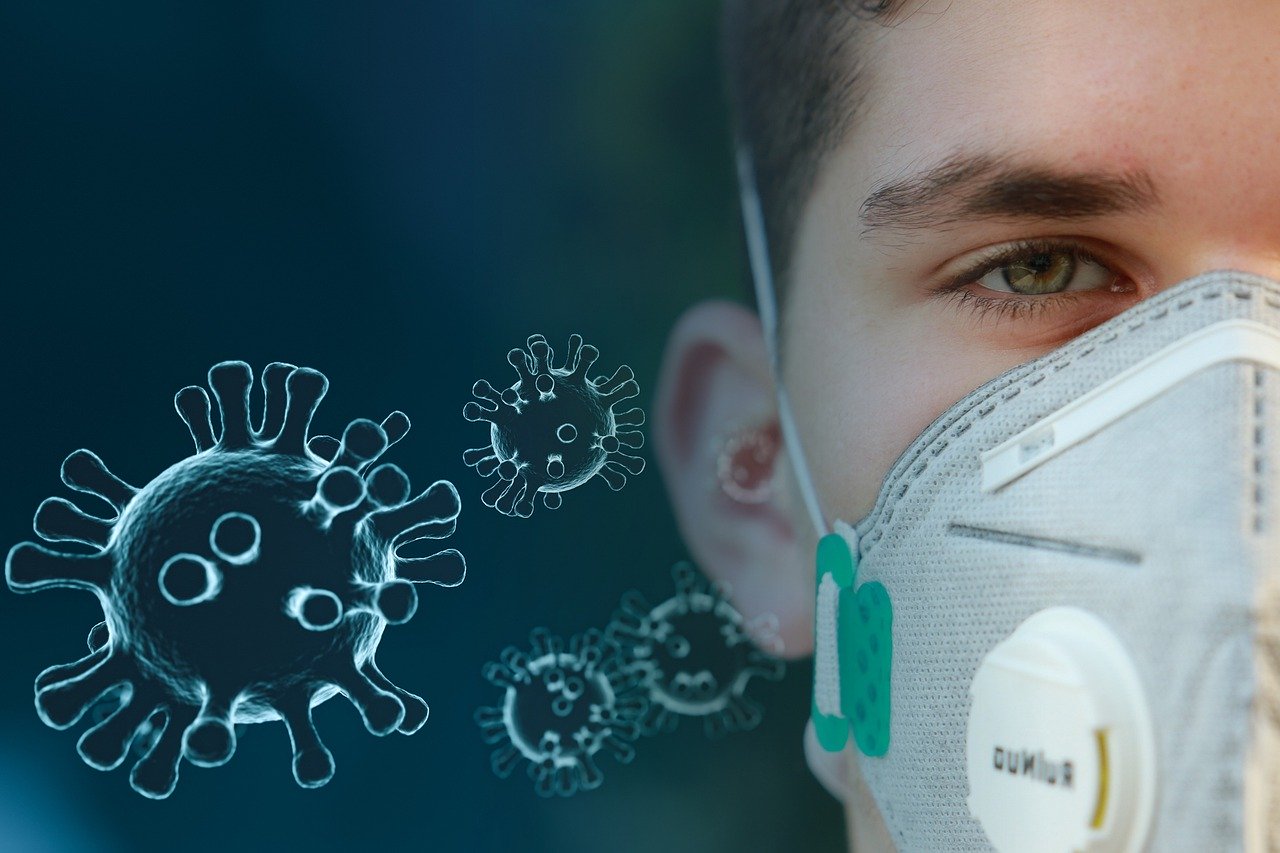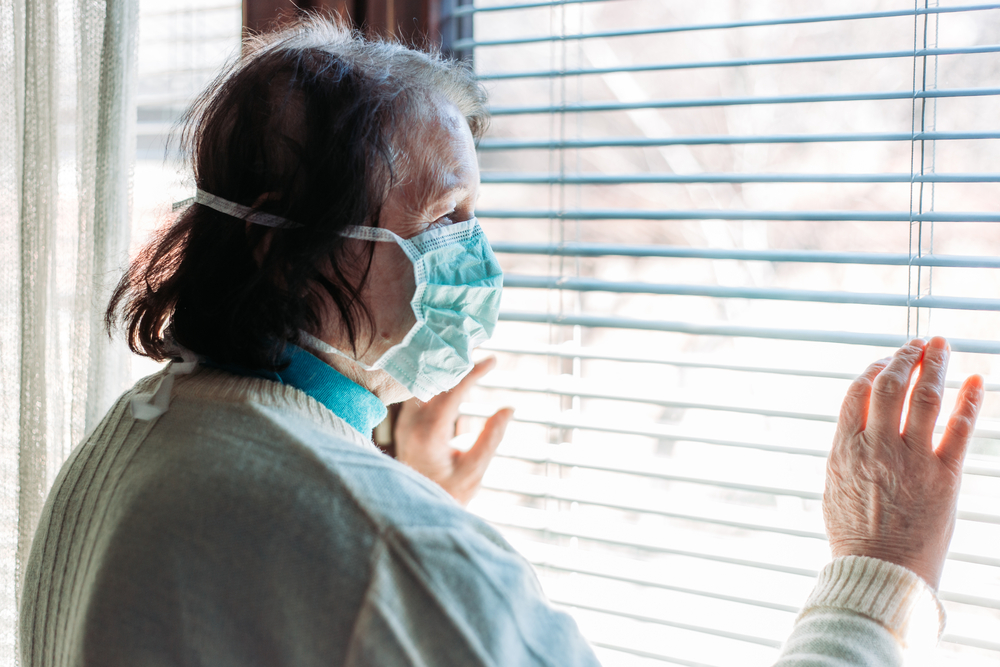Nursing homes and long-term care facilities frequently struggle with controlling infection outbreaks.
A New York Times report cited nursing facilities and long-term hospitals as being a “dangerously weak link” in the health care system. These facilities are often understaffed and don’t have the resources they need to enforce infection control. Then, their patients are cycled in and out of hospitals, with infections, time and time again.
Nursing Homes need to be equipped with the best protective materials such as PPE kits, face masks and hand sanitizer. Because vulnerable people with chronic illnesses live in these facilities.
This is paired with the fact that nursing homes inherently house some of our most vulnerable populations.
An estimated 1.5 million people live in 15,000 nursing homes in the U.S., based on information from the CDC. The former director of the CDC, Tom Frieden, said nursing homes are ground zero for Covid-19.
Life Care Center Outbreak

One of the initial situations that brought to light the Covid-19 situation in the U.S. occurred in a Seattle-area nursing home.
Staff members were working while sick, according to reports, at the Life Care Center in Kirkland, Washington.
When public health authorities looked into the situation, they also found the facilities in the area didn’t have enough sanitizer or personal protective equipment.
At the Life Care facility, before it became more apparent what was going on, visitors were coming and going as normal, and there were already-scheduled events like a Mardi Gras party going on as well.
The report that came out about the Life Care facility found that once Covid-19 is introduced into a long-term care facility, it can take a serious toll and do so very quickly.
CMS Guidelines
The Centers for Medicare & Medicaid Services (CMS) recently announced new guidelines that they said are intended to protect nursing homes in America during Covid-19.
Their recommendations focus first on significantly restricting visitors and nonessential workers from going into these facilities. Recommendations also advised against having communal activities, including communal dining.
The CMS went further to say facilities should actively screen both residents and health care providers and staff for respiratory symptoms and fevers.
Nursing homes at this time are supposed to restrict visitors except in certain cases, like end-of-life situations.
In situations where compassionate visits are allowed, nursing homes are instructed to provide these visitors with personal protective equipment and they can only visit in a specific room.
Other things facilities are instructed to do per the newest guidelines from the CDC include:
- The CDC advises all facilities to go over their infection prevention guidelines and train all their employees on them
- Nursing homes should reinforce their sick-leave policies and ensure that staff knows they should not go to work if they are feeling sick
- Staff should be trained on how to properly put on and take off PPE
- Residents and families need to be provided with regular updates on all that the facility is doing to keep their loved ones safe and give them information about things they can do to protect their loved ones
- The CDC says facilities should consider a respiratory protection program compliant with OSHA standards if they don’t already have one
- Hospital-grade disinfectants should be made available to make sure all surfaces and especially high-touch surfaces can be cleaned
The Department of Veterans Affairs started an isolation strategy on March 10. They suspended essentially all new admissions and outside visits for all of their 134 nursing homes and 24 spinal cord injury centers.
What Can Families Do?

If your loved one is in a nursing home or long-term care facility, you may be feeling upset and out-of-control. You can’t visit with your loved one, and you may be wondering how to stay in communication with them during this time of uncertainty.
The CDC has guidelines for families as well.
They encourage the use of letters and emails. This can start with the staff sending letters and emails to families, and then encouraging two-way communication.
If possible, and depending on the specific situation, you might also be able to connect with your loved one on video chat. This is something all of us can do right now if we’re feeling isolated because of Covid-19.
You can send your loved ones cards and gifts as well. Maybe you give them something they can enjoy doing during this time, like a game or a puzzle.
If you have a loved one in a nursing facility and you’re worried about what they’re doing to control infections during this time, speak with the facility. Make sure they are implementing the practices the government is advising them to and speak out if you have concerns.

